1. Mythological Origins
Legend of Lord Vishnu and Badrinath: According to Hindu mythology, Badrinath is closely associated with Lord Vishnu. It is believed that Lord Vishnu performed penance in the valley of Badrinath. During his meditation, his wife Lakshmi accompanied him in her form as “Badri” (the berry). Thus, the place got its name “Badrinath,” derived from “Badri” (wild berries) and “Nath” (Lord). The berries were abundant in the region, which influenced the name.
Mahabharata Connection: The Mahabharata mentions that the Pandavas visited Badrinath during their exile. It is also said that Bhima, one of the Pandavas, first saw the sacred Ganges River here and discovered a Shivlinga.
2. Historical Development
Ancient References: The earliest historical references to Badrinath date back to the 8th century AD when Adi Shankaracharya established the site as a significant pilgrimage destination. He constructed a temple dedicated to Lord Vishnu, laying the foundation for the present-day temple.
Adi Shankaracharya: Adi Shankaracharya played a crucial role in developing Badrinath as a key pilgrimage site. He designated the area as “Vaikuntha” (the abode of Vishnu) and constructed the main temple.
Medieval Period: During the medieval period, various dynasties, including the Chola and Chand Dynasties, supported the development and enrichment of the temple. During the British era in the 19th century, Badrinath became a notable destination for both pilgrimage and tourism.
3. Badrinath Temple Architecture and Significance
Temple Structure: The architecture of the Badrinath Temple is distinctive and follows traditional North Indian temple design. It features a large mandap (hall) and a sanctum sanctorum (garbhagriha). The main deity, Lord Vishnu, is adorned in golden attire.
Divine Image: The idol in the temple is made of black stone and represents Lord Vishnu in his “Badrinarayan” form. Inside the temple, there is also a sacred stone known as ‘Shaligram,’ which is considered an embodiment of Vishnu.
4. Modern Era and Pilgrimage
Char Dham Yatra: Badrinath is a vital part of the Char Dham pilgrimage circuit, which includes four major pilgrimage sites in Uttarakhand: Yamunotri, Gangotri, Kedarnath, and Badrinath.
Development and Preservation: Today, Badrinath is maintained and preserved by the Indian government and various religious organizations. Infrastructure improvements such as road connectivity, accommodation facilities, and enhanced pilgrimage services are provided.
Current Status: Badrinath remains a significant pilgrimage site, attracting thousands of devotees each year. It offers both a spiritual journey and a cultural experience for visitors.
How to Reach Badrinath Temple
Reaching Badrinath, nestled in the rugged terrains of the Himalayas, can be an adventurous journey. Despite being well-connected to major cities, the path to Badrinath can be challenging due to the variable weather conditions and the hilly landscape. Here’s a detailed guide on how to get to this sacred destination:
By Road
Badrinath is accessible via National Highway 58, which connects it to key locations such as Delhi and the NCR region, including Noida and Gurugram. This highway is the primary route for travellers heading to Badrinath. The journey can be undertaken directly or by first travelling to Haridwar or Rishikesh, from where further transport options are available.
Direct Access: Several tour operators provide services including buses, cabs, and tempos from Delhi to Badrinath. Travel by road is generally feasible throughout the year, but during the monsoon season, the roads can become prone to landslides and fog, potentially disrupting travel plans.
Peak Season Pricing: In summer, the peak travel season for Badrinath, the cost of transportation tends to be higher. Bus fares range between ₹400 to ₹1500 depending on the service level and amenities offered.
By Train
The closest railway stations to Badrinath are Haridwar, Rishikesh, and Kotdwar. Among these, Haridwar is the most connected to other parts of India with a well-established railway network. Rishikesh and Kotdwar have fewer train services but are still viable options.
Haridwar: This station is approximately 320 kilometres from Badrinath and is well-linked by trains from various major cities.
Rishikesh: Situated about 295 kilometres from Badrinath, it offers a closer option but with less frequent train services compared to Haridwar.
Kotdwar: Though further away, it serves as another access point with connecting bus and taxi services to Badrinath.
Upon arrival at any of these stations, travellers can use private or government buses and taxis to complete the journey to Badrinath. Note that bus services are less frequent at night, so planning and booking in advance is recommended.
By Air
The nearest airport to Badrinath is Jolly Grant Airport in Dehradun, situated about 330 kilometres from the temple. This airport is well-connected to major Indian cities with regular flights.
- From Dehradun: After landing in Dehradun, travellers can hire a taxi or take a bus to Badrinath. The road journey from Dehradun to Badrinath typically takes around 6 to 7 hours, depending on traffic and road conditions.
Opening and Closing Times of Badrinath Temple
The Badrinath Temple, one of the holiest shrines in Hinduism, has specific timings for its opening and closing each year. Understanding these timings is crucial for planning a visit, as the temple’s accessibility varies significantly with the seasons.
Opening Times
- Annual Opening: The temple generally opens for pilgrims in late April or early May. The exact opening date is determined by the local authorities based on traditional customs and the end of the winter season. This period marks the beginning of the summer season when the weather becomes more favourable for travel.
Closing Times
- Annual Closing: The Badrinath Temple closes for the winter season around the third week of November. This closure is due to harsh weather conditions, including heavy snowfall and severe cold, which make the region difficult and unsafe for travel.
Best Time to Visit
Ideal Visiting Period: The best time to visit Badrinath is from May to October. During these months, the weather is relatively pleasant, and the accessibility to the temple is better. This period allows for a comfortable pilgrimage experience and ample opportunities for sightseeing and exploring the surrounding areas.
Avoid Monsoon: It is advisable to avoid visiting during the monsoon season (June to September), as the region is prone to landslides and heavy rains, which can disrupt travel and pose safety risks.
Winter Precautions: The winter months are marked by extreme cold and heavy snow, making travel to Badrinath challenging. Hence, the temple remains closed during this time. Visitors are also advised against traveling to Badrinath during these months.
Alternative Arrangements During Winter
Narsimha Temple in Joshimath: During the winter months, when the Badrinath Temple is closed, rituals and prayers are conducted at the Narsimha Temple in Joshimath, which serves as a temporary location for devotees.
Char Dham Temples: Similarly, the other Char Dham temples (Kedarnath, Gangotri, and Yamunotri) are also closed during winter due to the severe weather conditions typical of high-altitude regions.
Weather in Badrinath
Badrinath, situated in the Himalayan foothills, experiences a diverse range of weather conditions throughout the year. The climate varies significantly with the seasons, influencing the best times to visit this sacred destination.
Summer (March to June)
Climate: Summers in Badrinath are generally pleasant, with temperatures ranging between 18°C to 20°C. This period offers a moderate climate, ideal for pilgrimage and sightseeing.
Experience: The weather is cool and comfortable, with clear blue skies and gentle breezes. Light sweaters or pullovers are usually sufficient for warmth during this time. The natural beauty of Badrinath is at its peak, making it an excellent time for travellers and devotees to explore the area and enjoy its serene environment.
Monsoon (July to October)
Climate: During the monsoon season, temperatures drop to between 10°C and 15°C, with frequent rainfall. The heavy rains often lead to landslides and roadblocks, making travel to Badrinath challenging.
Risks: The likelihood of landslides increases, affecting the roads and accessibility to Badrinath. Due to the hazardous conditions and the risk of road closures, it is generally advisable to avoid visiting during the monsoon season. The heavy rainfall and rugged terrain make travel difficult and potentially dangerous.
Winter (November to February)
Climate: Winters in Badrinath are harsh and inhospitable. Temperatures often fall below freezing, with averages around 4°C to 5°C during the day and significantly lower at night. The area experiences heavy snowfall and frequent hailstorms, leading to road closures and extreme cold.
Conditions: Snow blankets the region, and the severe weather conditions make it difficult to travel or survive. Due to these extreme conditions, the Badrinath Temple and other local sightseeing activities are closed from November to April.
Winter Rituals: During the winter months, when the temple is closed, religious ceremonies are conducted at the Narasimha Temple in Joshimath. Before the temple’s winter closure, a ceremonial lamp (Diya) is lit in front of the deity’s idol. It is believed that the lamp remains lit throughout the winter, symbolizing the continuous presence of divine energy and spiritual grace.
Places to Visit in Badrinath
Badrinath, primarily renowned for its spiritual significance, also boasts a range of natural and scenic attractions that captivate visitors. From ancient sites tied to Hindu mythology to stunning landscapes, here are some must-see places around Badrinath:
1. Pandukeshwar
- Overview: Located 18 km from Joshimath, Pandukeshwar sits at an altitude of 1,830 meters. It is a revered site for pilgrims heading to Badrinath and is associated with the Pandavas from the Mahabharata. This serene location offers a peaceful ambience and is an essential stop on the pilgrimage route.
2. Mana Village
- Overview: Mana is the last village on the Indian side before the border with Tibet/China, situated in the Chamoli district. Nestled in the scenic Himalayas, Mana provides a unique glimpse into traditional Himalayan life. Tourists can enjoy camping and overnight stays arranged by local tour operators.
3. Vasudhara Falls
- Overview: About 4 km from Badrinath in the Mana area, Vasudhara Falls cascades from a height of 400 feet. It is believed to be a sacred site where the Pandavas rested. Legend has it that the falls will turn away those with impure thoughts, making it a place of spiritual cleansing.
4. Tapt Kund
- Overview: Tapt Kund is a natural hot water spring located near the Alaknanda River, with water temperatures around 45°C. Revered as the home of Lord Agni, the hot springs are known for their therapeutic benefits. Visitors bathe here to relax and rejuvenate, as the water is believed to have healing properties.
5. Satopanth Lake
- Overview: Situated 20 km from Badrinath, Satopanth Lake is a pristine, triangular-shaped lake set at an elevation of 4,600 meters. Surrounded by snow-capped peaks, the lake is noted in mythology and offers breathtaking views of the Himalayan landscape.
6. Charan Paduka
- Overview: Charan Paduka, located at 3,380 feet, is believed to bear the footprints of Lord Vishnu. Reached via a challenging trek, this site is an important pilgrimage destination. For those unable to trek, pony and donkey services are available during peak times.
Helicopter Service to Badrinath
Badrinath, a revered pilgrimage destination in the Himalayas, offers a convenient helicopter service for travellers seeking a swift and scenic journey to the temple. This service is particularly beneficial for those who wish to avoid the arduous and often challenging road travel to Badrinath.
Service Overview
Providers: Several private helicopter operators provide services to Badrinath, including companies like Pawan Hans and other local operators. These services typically operate from major cities such as Dehradun, Haridwar, and Rishikesh.
Flight Details: Helicopter flights to Badrinath usually take off from the Jolly Grant Airport in Dehradun. The journey by air provides a breathtaking view of the Himalayan landscape, with flights offering panoramic views of the lush valleys and snow-capped peaks. The flight duration from Dehradun to Badrinath is approximately 1 to 1.5 hours, significantly reducing travel time compared to road journeys.
Schedule and Availability: Helicopter services are typically available from April to November, aligning with the temple’s opening season. During peak pilgrimage seasons, flights can be in high demand, so it is advisable to book tickets well in advance. The service operates in compliance with weather conditions and is subject to cancellations or rescheduling in case of adverse weather.
Cost and Booking: The cost of helicopter travel to Badrinath can vary depending on the operator, the type of service (shared or chartered), and the time of booking. Prices generally range from ₹50,000 to ₹1,00,000 for a round trip. Booking can be done through the operator’s website or travel agencies specializing in pilgrimage tours.
Advantages: Opting for helicopter service to Badrinath not only saves time but also provides a comfortable and scenic travel experience. It is especially beneficial for elderly pilgrims or those with limited mobility, as it bypasses the long and strenuous road journey.
Accommodation in Badrinath
Badrinath, a prominent pilgrimage destination in the Himalayas, offers a range of accommodation options catering to various budgets and preferences. From basic lodgings to more comfortable stays, here is an overview of what you can expect when looking for a place to stay in Badrinath.
Types of Accommodation
Budget Hotels: For budget-conscious travellers, Badrinath has several basic hotels and guesthouses. These accommodations provide essential amenities such as clean rooms, basic furnishings, and hot water. They are ideal for pilgrims and visitors looking for an affordable stay without any frills.
Mid-Range Hotels: There are several mid-range hotels in Badrinath that offer more comfortable amenities including better furnishings, room service, and sometimes even small restaurants. These hotels often provide a balance of comfort and cost, making them a popular choice for many visitors.
Luxury Hotels: While luxury options are limited in Badrinath, a few premium hotels and resorts offer higher-end amenities. These establishments may feature spacious rooms, better décor, and additional services such as guided tours and travel assistance. They are ideal for travellers seeking a more comfortable and upscale experience.
Dharamshalas: Many religious organizations run Dharamshala (pilgrim rest houses) that offer simple and affordable lodging for devotees. These facilities typically provide dormitory-style accommodations with basic amenities and are geared towards pilgrims making a spiritual journey.
Booking and Availability
Booking: It is advisable to book accommodation in advance, especially during the peak pilgrimage season from May to October. Online travel portals, hotel websites, and local travel agents can assist in making reservations. During the off-season or winter months, many accommodations may be closed, so planning is essential.
Location: Most accommodations are located within walking distance of the Badrinath Temple, providing easy access for pilgrims. However, availability and facilities can vary, so checking reviews and amenities beforehand is recommended.
Facilities and Services
- Basic Facilities: Most hotels and guesthouses in Badrinath offer essential services such as clean bedding, hot water, and sometimes meal options. However, luxury and mid-range accommodations may include additional amenities like Wi-Fi, room service, and travel assistance.
4-Day Itinerary: Delhi to Badrinath
Day 1: Delhi to Haridwar
- Morning: Depart from Delhi to Haridwar by train or private vehicle.
- Afternoon: Arrive in Haridwar. Check into your hotel.
- Evening: Attend the Ganga Aarti at Har Ki Pauri.
- Overnight: Stay in Haridwar.
Day 2: Haridwar to Joshimath
- Morning: Drive from Haridwar to Joshimath (8-10 hours).
- Afternoon/Evening: Arrive in Joshimath. Check into your hotel.
- Overnight: Stay in Joshimath.
Day 3: Joshimath to Badrinath
- Morning: Depart for Badrinath (1.5-2 hours drive).
- Afternoon: Check into your accommodation in Badrinath. Visit the Badrinath Temple.
- Evening: Attend the evening aarti at the temple.
- Overnight: Stay in Badrinath.
Day 4: Badrinath and Return to Delhi
- Morning: Explore key sights such as Tapt Kund, Vasudhara Falls, and Mana Village.
- Afternoon: Depart from Badrinath back to Joshimath. Continue your journey to Delhi by evening.
- Overnight: Arrive in Delhi or stay overnight in Joshimath and return the next day.
Essential Items to Carry
1. Travel Documents
- ID Proof: Government-issued ID or passport.
- Travel Tickets: Copies of train, bus, or flight tickets.
- Permits: Any required permits for high-altitude travel.
2. Clothing
- Warm Clothes: Thermal wear, sweaters, jackets (especially if travelling in colder months).
- Rain Gear: Raincoat or poncho.
- Comfortable Footwear: Sturdy walking shoes or trekking boots.
- Socks and Gloves: Warm socks and gloves for colder weather.
3. Health and Safety
- Medicines: Personal medications and a basic first-aid kit.
- Sunscreen and Lip Balm: Protection from the sun.
- Water Bottle: For staying hydrated.
- Hand Sanitizer: For hygiene.
4. Electronics
- Phone and Charger: With a portable power bank.
- Camera: Optional, for capturing photos.
5. Miscellaneous
- Cash and Cards: Some cash and credit/debit cards.
- Snacks: Non-perishable snacks like nuts and energy bars.
- Travel Insurance: For emergencies.
Additional Tips
- Luggage: Use a sturdy, waterproof bag.
- Altitude Sickness Medication: If prone, carry appropriate medication.
This compact list will help you stay comfortable and prepared during your trip to Badrinath.
Conclusion
Embarking on a journey to Badrinath offers a profound spiritual experience and an opportunity to witness the breathtaking beauty of the Himalayas. The sacred town, nestled amidst towering peaks and verdant valleys, serves as a major pilgrimage site for devotees seeking divine blessings. However, a trip to Badrinath requires thoughtful planning and preparation due to its remote location and varying weather conditions.
Choosing the right time to visit is crucial. The ideal period is from May to October when the weather is relatively pleasant and the temple is open. The monsoon season, with its risk of landslides, and the harsh winter months are best avoided. Travel arrangements should include a mix of road and possibly helicopter services for a smoother journey, given the challenging terrain and road conditions.
When preparing for your trip, it’s essential to carry necessary travel documents, warm clothing, rain gear, and personal medications. The high altitude and unpredictable weather necessitate being well-equipped with essentials like sunscreen, a water bottle, and a hand sanitiser. For those seeking comfort, a range of accommodation options is available in Badrinath, from budget hotels to more luxurious stays, ensuring a pleasant experience for every traveller.
Additionally, incorporating a mix of sightseeing and spiritual exploration will enhance the journey. From the revered Badrinath Temple to scenic spots like Vasudhara Falls and Mana Village, the region offers both spiritual fulfilment and natural beauty. Ensuring you are prepared with essentials and following the best travel practices will allow you to fully enjoy this sacred and picturesque destination.
In conclusion, a well-planned trip to Badrinath not only promises a memorable spiritual journey but also a chance to experience the serene and majestic landscape of the Himalayas. By preparing adequately and respecting the local environment, you can make the most of this remarkable pilgrimage and travel experience.


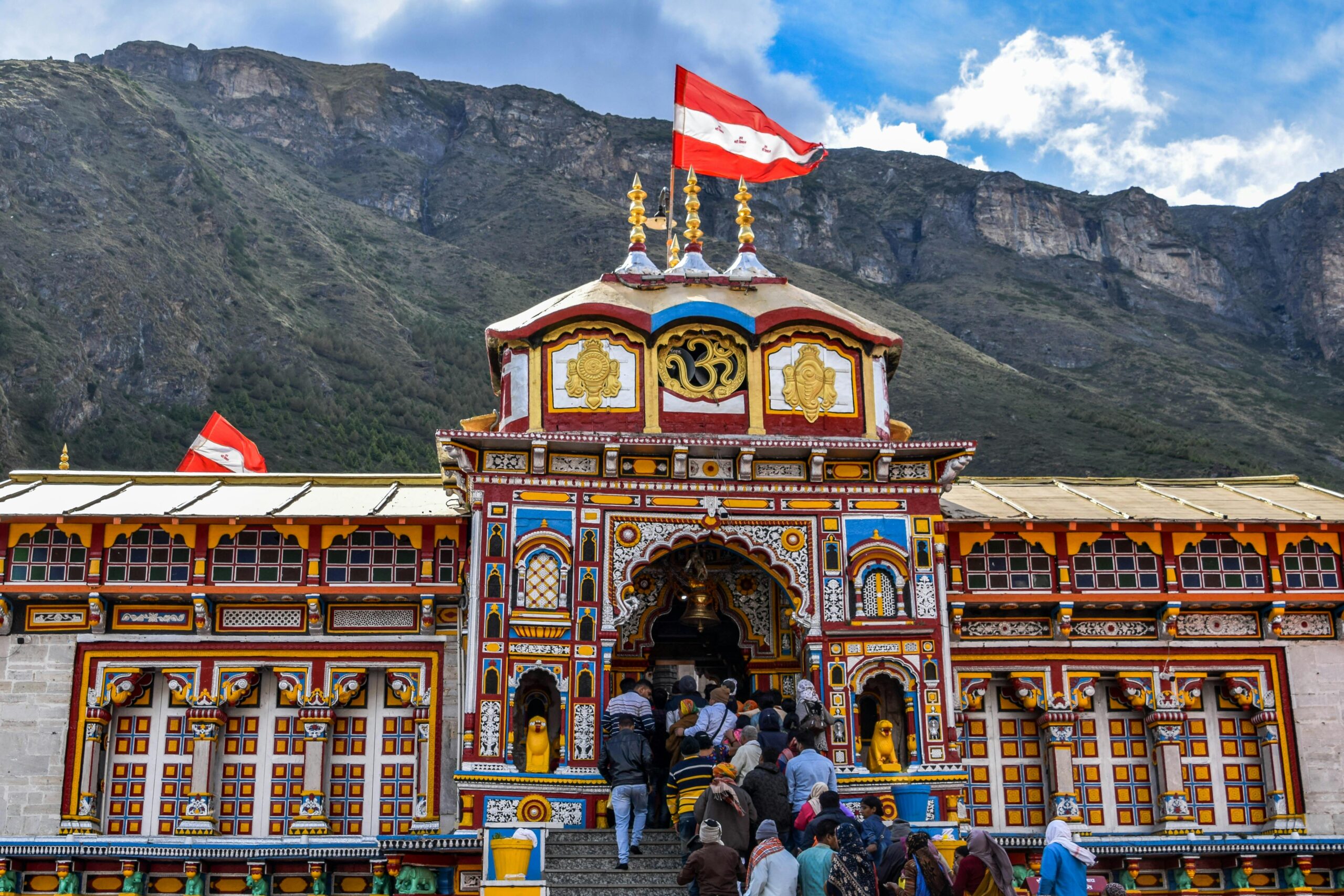
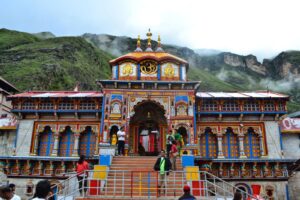
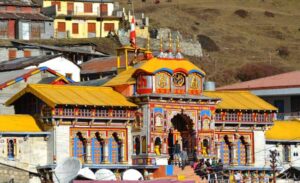
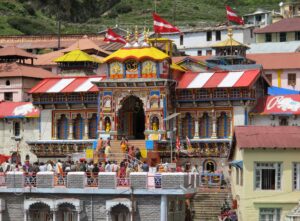
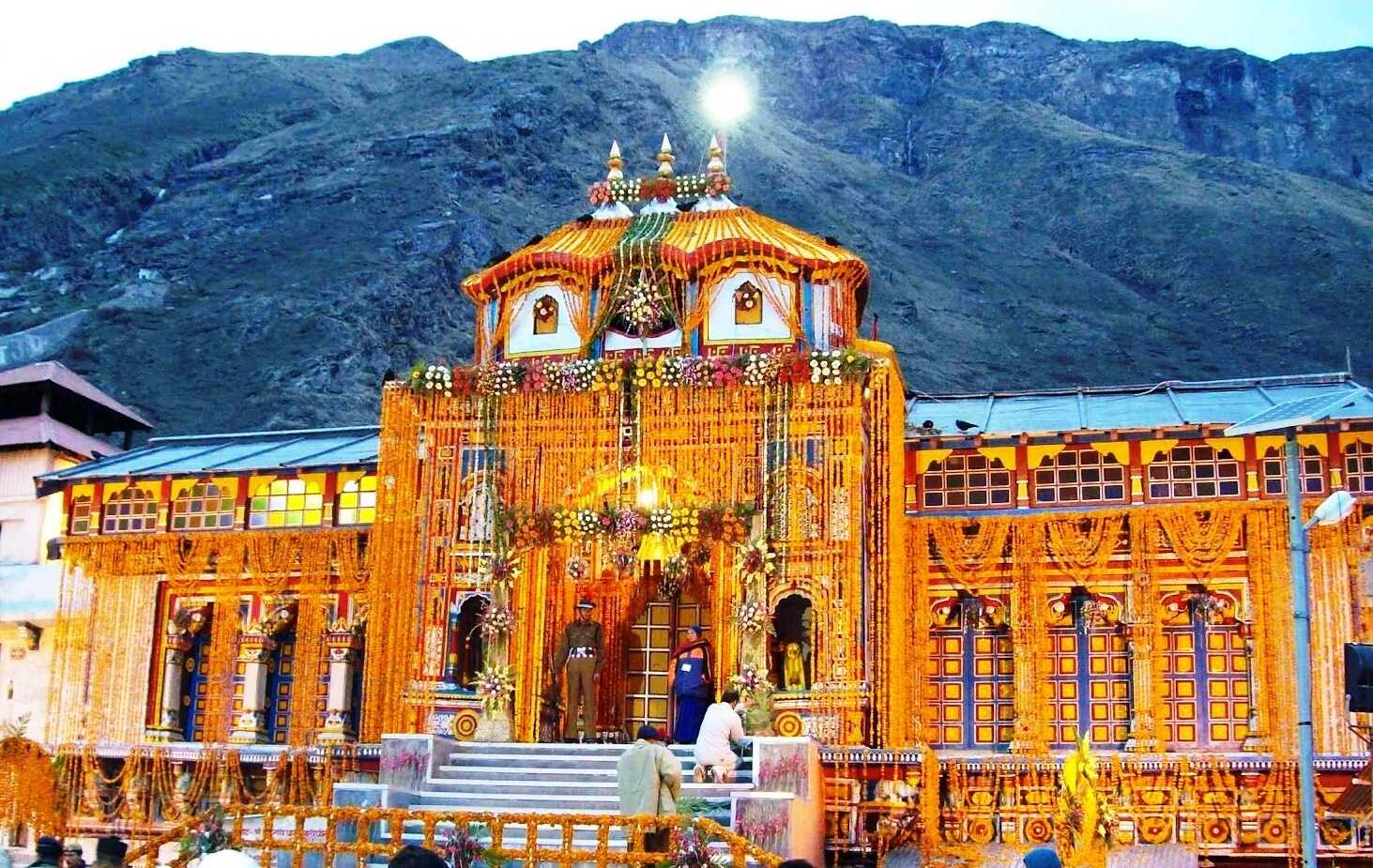
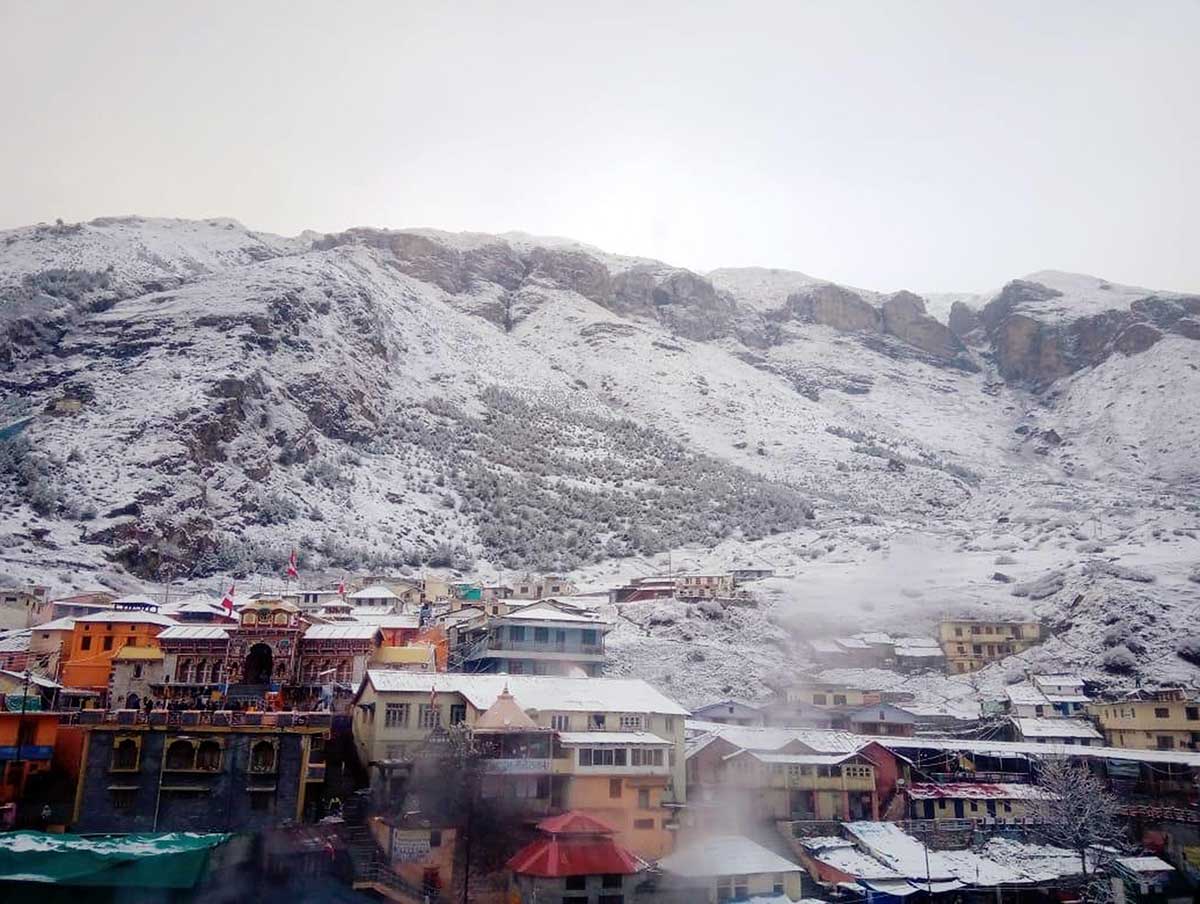
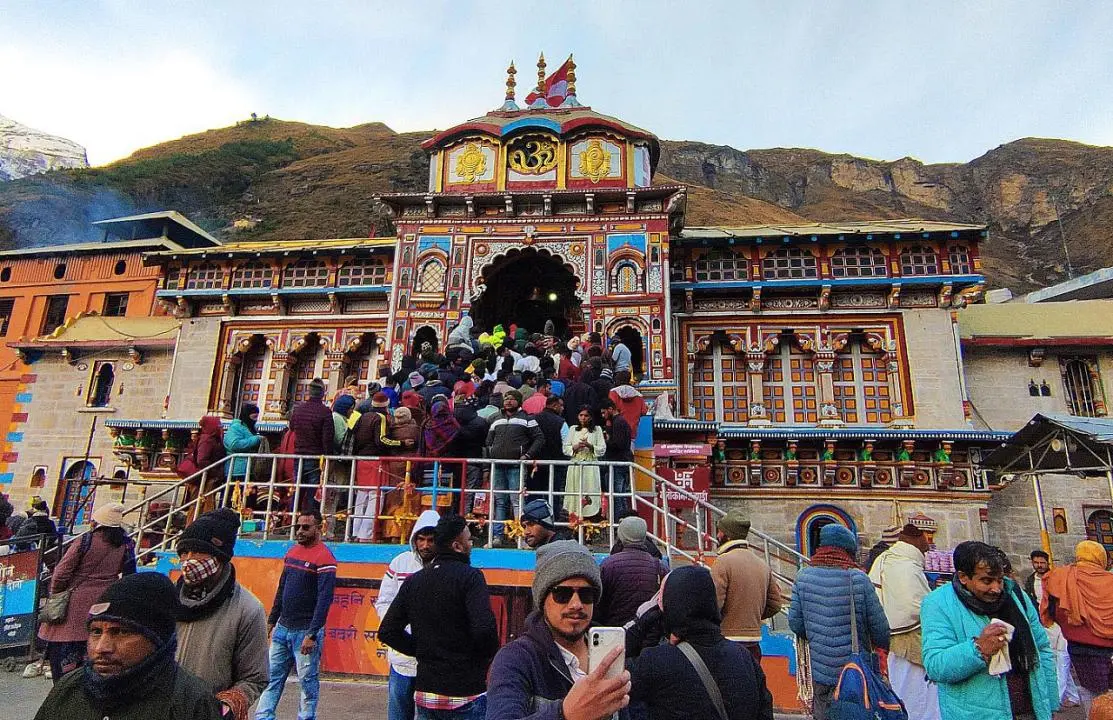
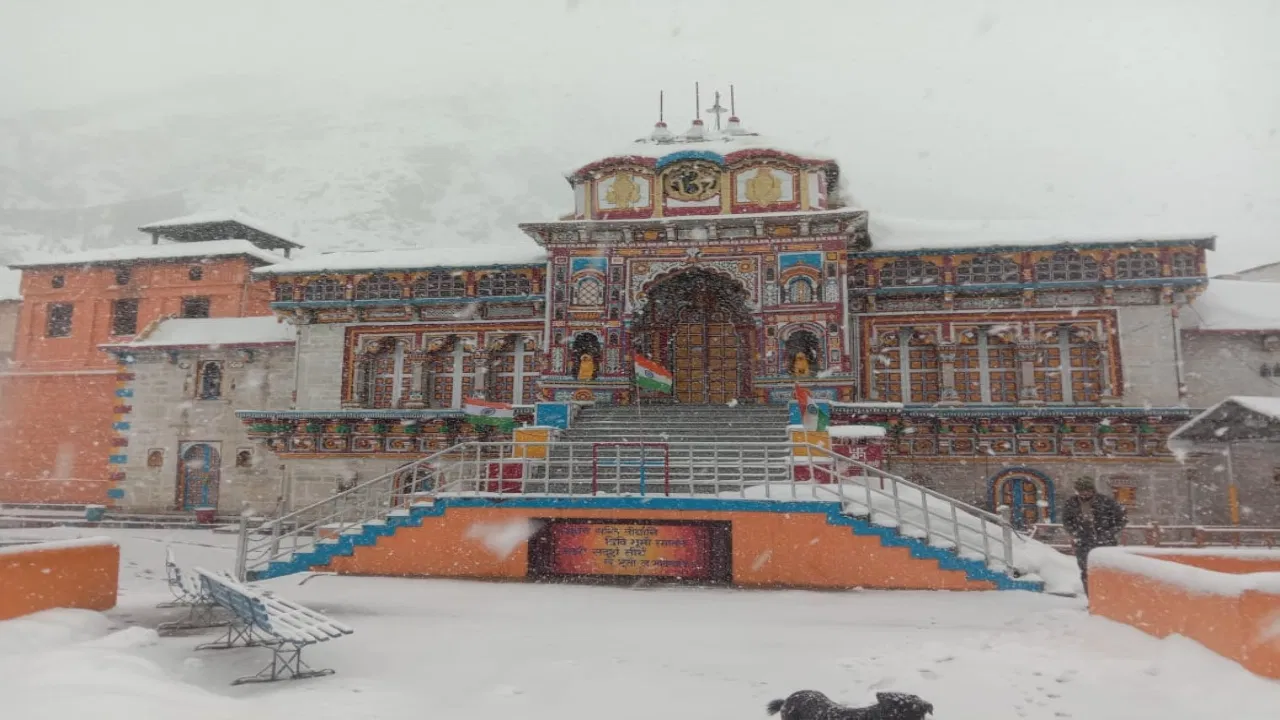






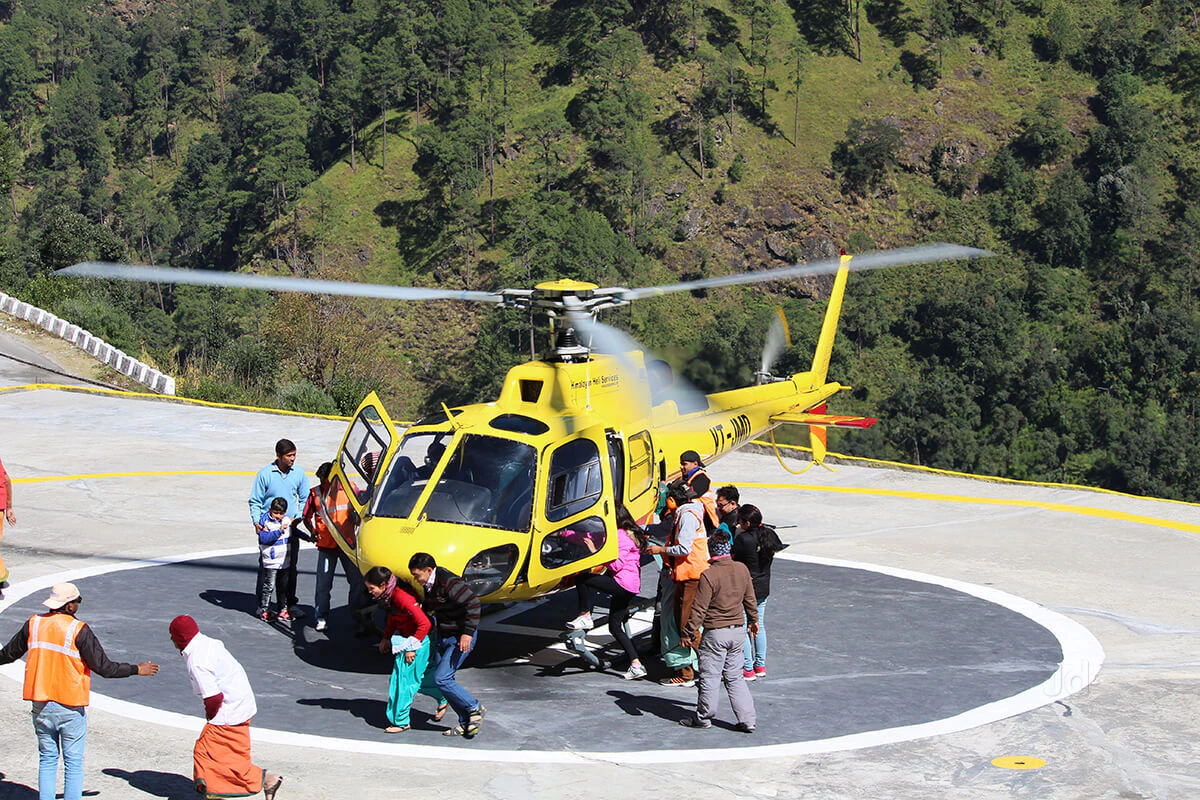





3 Comments
Id vim facilis ceteros percipit, altera phaedrum sea at, te alia novum praesent sit. Ne justo mazim delenit eam, pri ex brute interpretaris, invenire.
Praesent finibus congue euismod. Nullam scelerisque massa vel augue placerat, a tempor sem egestas. Curabitur placerat finibus lacus.
Ut enim ad minim veniam, quis nostrud exercitation ullamco laboris nisi ut aliquip ex ea commodo consequat. Duis aute irure dolor in reprehenderit.